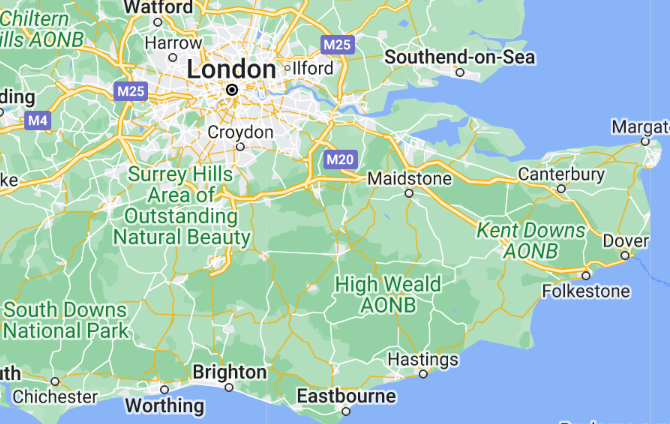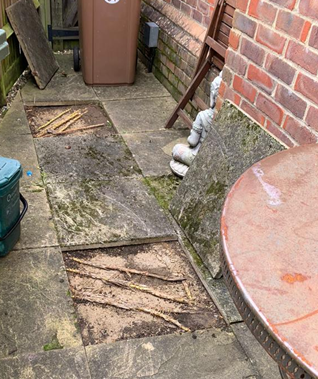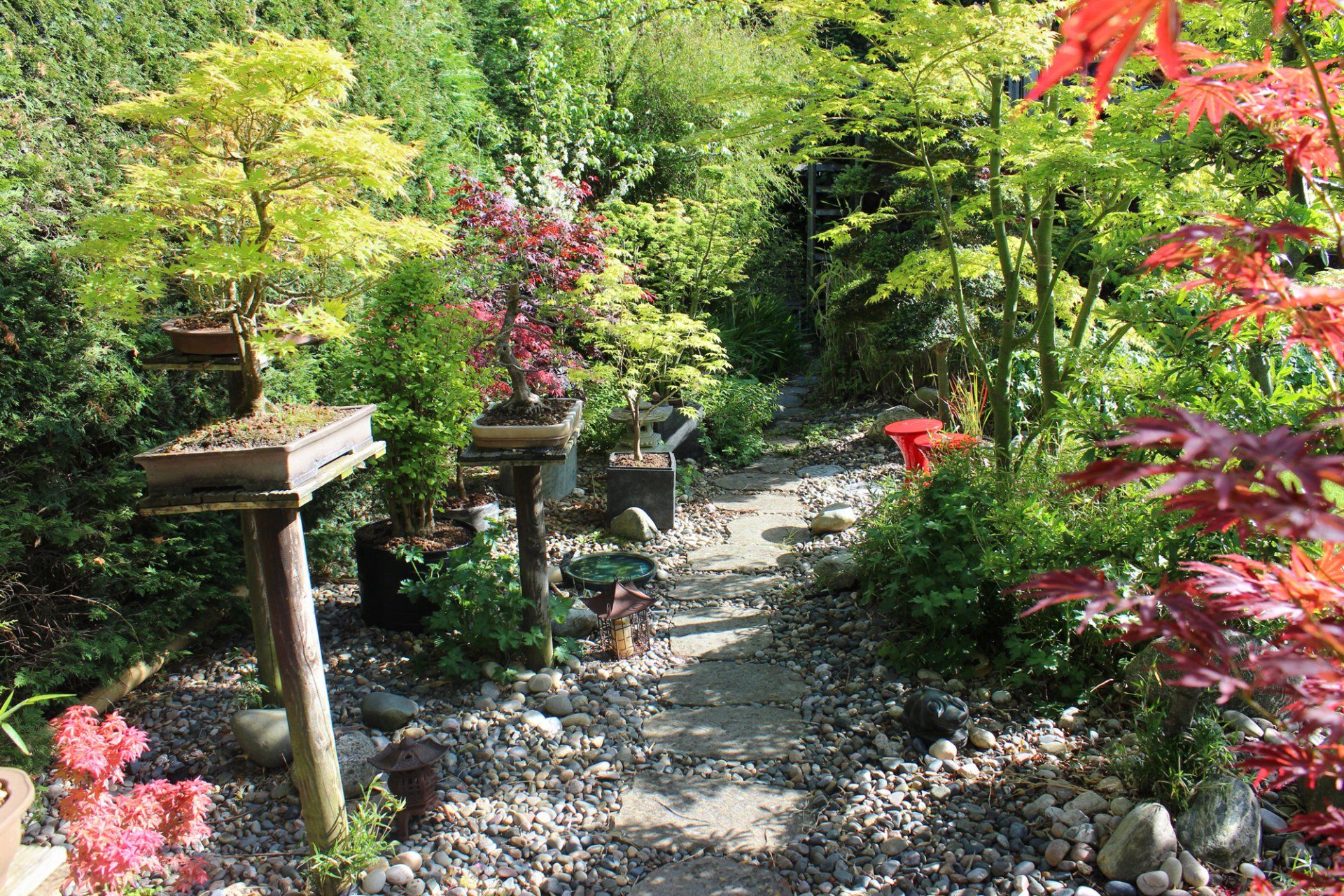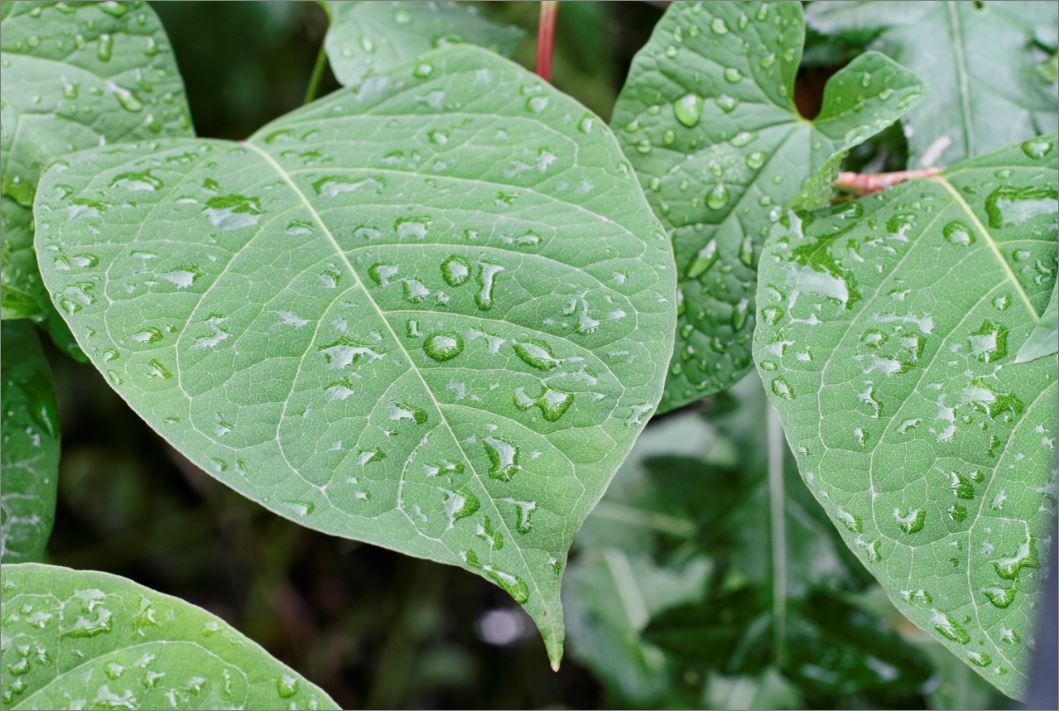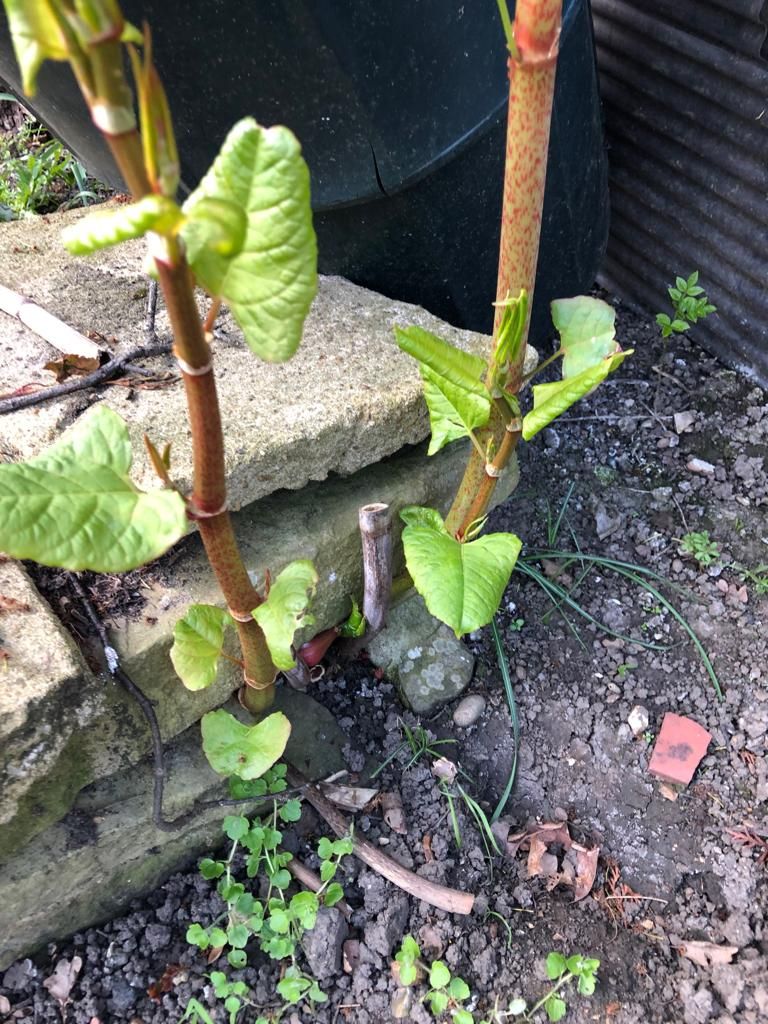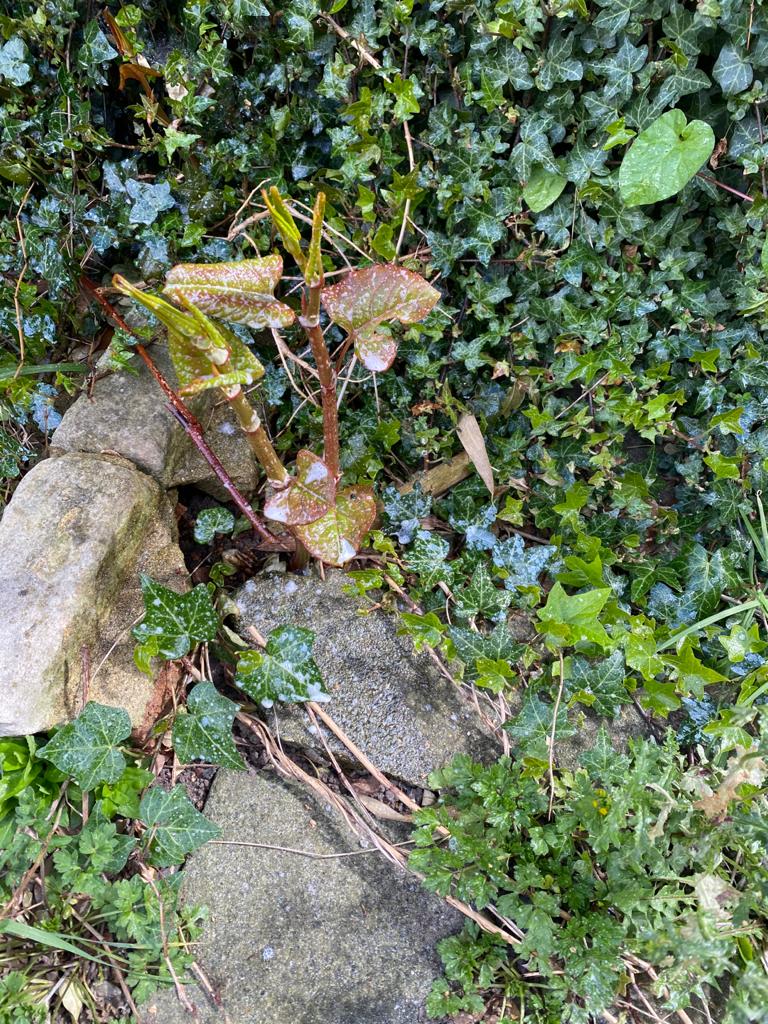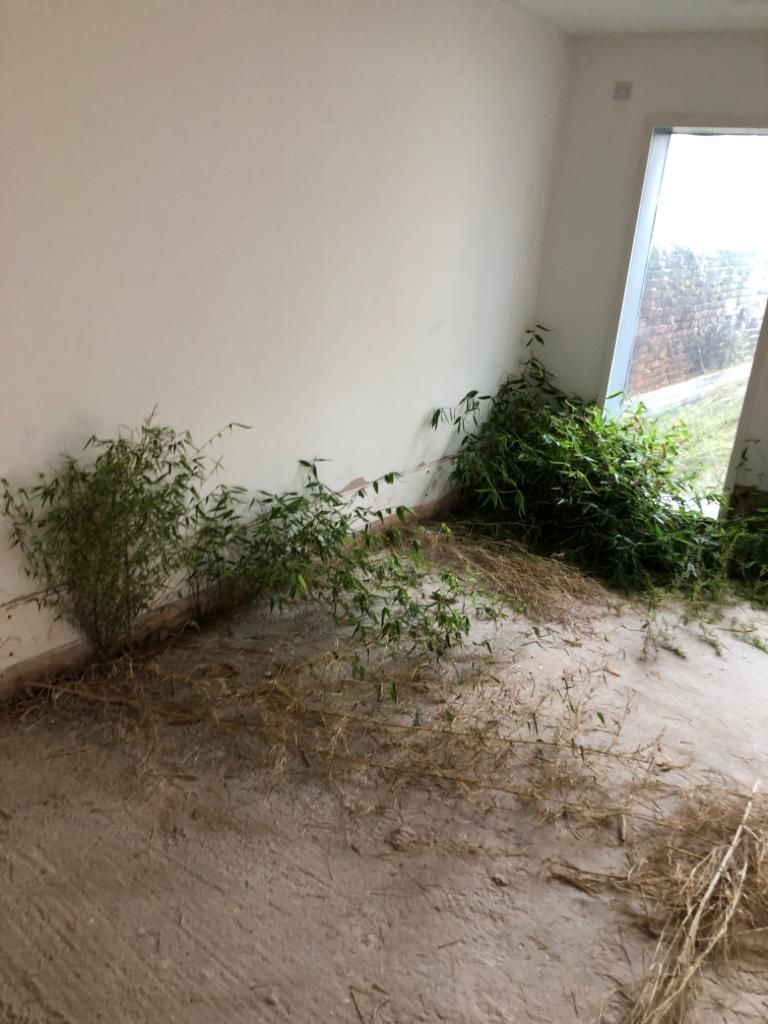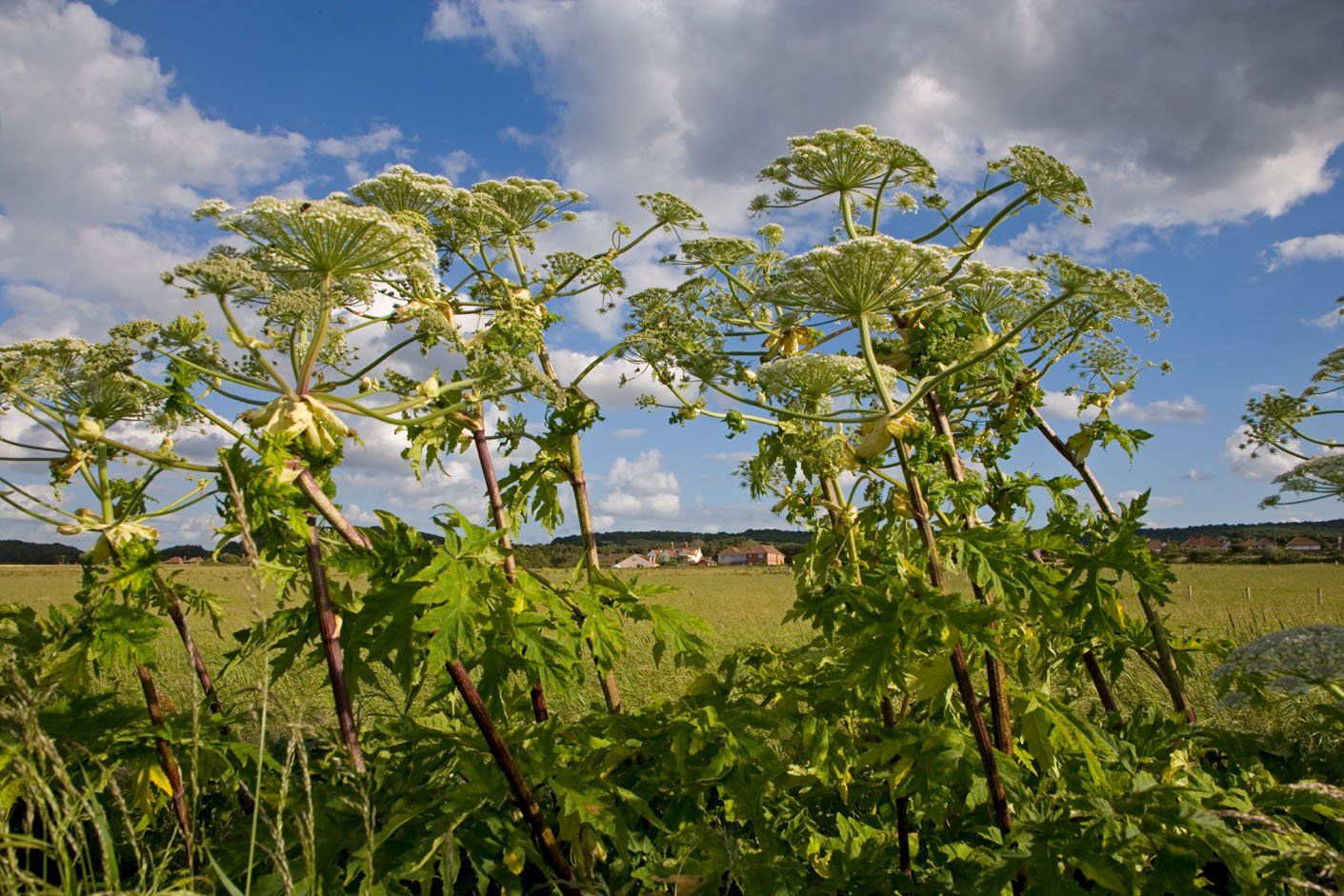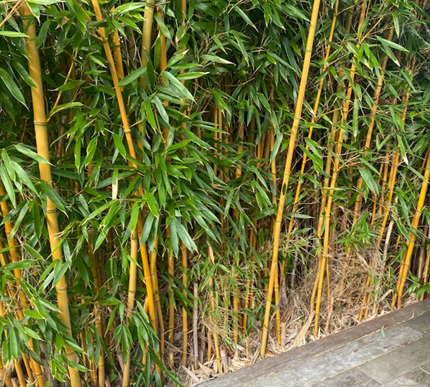Pioneering Plants: How Invasive Weeds Travelled To The UK
When you look out into your garden, you may start to notice that some areas are growing faster than others. Your ornamental rose bush or vegetable patch may soon have to start battling the rapid growth of an invasive weed species, where these can have deep roots that are difficult to remove in their entirety.
Often invasive weeds are not native to the UK, where they have been introduced from other ecosystems at some point in the past. This means that they can damage native habitats and wildlife, whilst also spreading at a rapid rate.
But how did these pioneering plants get to our shores? Read on for a brief ecological history of some of the top invasive weed species.
Japanese Knotweed
One of the most common invasive weed species, Japanese Knotweed was first introduced to the UK in the 1840s when a specimen was imported by Kew Gardens. Native to Japan, Taiwan and northern China, it was briefly considered fashionable as an ornamental plant due to its strong stems and heart-shaped leaves. But as gardeners discovered its fast-growing qualities, the plants were disposed of improperly, allowing them to spread across the country.
Giant Hogweed
Giant Hogweed is thought to have been brought to the UK by the Victorians in approximately 1893, where, like Japanese Knotweed, it was initially regarded as an ornamental plant. Originating from the Caucasus Mountains and Central Asia, the fast-growing plant soon spread across the country, typically found in damp areas such as riverbanks. In addition to its rapid reproductive capabilities, Giant Hogweed sap is also a dangerous skin irritant, where a combination of sap exposure and light can cause burn-like lesions.
Himalayan Balsam
As its name suggests, this invasive plant originates from the Himalayas, and was brought to the UK by Victorian plant collectors in 1839. Its plentiful pink flowers and exploding seed pods soon made Himalayan Balsam a popular ornamental plant, until it began to spread at uncontrollable rates. An individual plant can produce up to 800 viable seeds, where these can be spread a distance of up to 7 metres due to the plant’s explosive pods. It is now commonly found near landfill sites and riverbeds, where it can contribute to erosion and flooding.
Gaia Environmental: Invasive Plant Removal Services You Can Depend On
Whilst it can be interesting to learn about these plants’ histories, invasive weeds must be taken seriously. If left untreated, an invasive plant such as Japanese Knotweed can quickly take over your garden or threaten the structural integrity of your property.
At Gaia Environmental, we’re fully equipped to deliver effective weed control for both domestic and commercial sites, where we can tackle Knotweed, Giant Hogweed, Himalayan Balsam and Bamboo. Contact us today for more information about how we can help with your weed problem. Japanese Knotweed is a well-known menace in the gardening world, where its rapid growing speeds and deep roots mean that it can be difficult to get under control or remove entirely. Established plants can grow between 10-20 cm every day in its peak season, where roots can spread up to 7 metres horizontally. To make matters worse, it can also grow in virtually any soil conditions, where it is most commonly spotted along roadsides, waste sites and riverbanks.
But aside from being a reoccurring nuisance, it may not be immediately obvious how Knotweed can cause damage to your property. In addition to creating an eyesore and dominating your garden, Japanese Knotweed can also lead to various financial and structural problems. Read on for an insight into the key issues this invasive weed can cause.
Structural Damage
Because Japanese Knotweed grows so fast and has such powerful roots, it can exploit weaknesses in foundations, paving and other infrastructure, inflicting lasting damage over time. In most domestic situations, the Knotweed infestation won’t escalate to this point, but in severe cases, the weed can easily infiltrate cavity walls, drainage systems and weak points in concrete structures. More evidently, Japanese Knotweed can quickly take over a domestic garden, making this space difficult to reclaim.
House Value
As Japanese Knotweed is a well known invasive plant species, an infestation will be noted if you are looking to sell your home. This could impact your ability to sell your house where you may need to lower the price of your property if there is an ongoing Knotweed problem. The presence of Knotweed should be declared to prospective buyers, where building surveyors will quickly pick up on its presence even if it remains undisclosed.
Potential Legal Issues
Although it is not a legal requirement to remove Japanese Knotweed from your property, it can become an issue if it spreads beyond your own land. Residents can be prosecuted if they cause Knotweed to spread into the wild, whether this is through negligence or improper disposal. Therefore it is always advisable to get an infestation under control as soon as possible, whether through independent means or with the assistance of a reliable weed removal company.
Gaia Environmental: Specialist Japanese Knotweed Removal Services
At Gaia Environmental, our team is specially equipped to end your Knotweed infestation for good. We can provide effective weed removal solutions for both domestic and commercial properties, including gardens, construction sites and council areas.
In addition to Knotweed, we can also tackle Giant Hogweed, Himalayan Balsam and Bamboo.
Contact us today to find out more about how we can help.
We will get back to you as soon as possible.
Please try again later.
